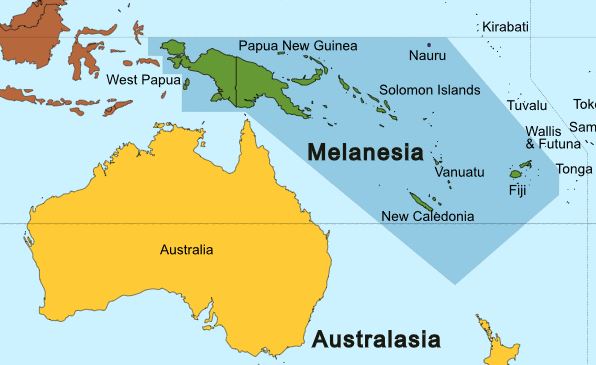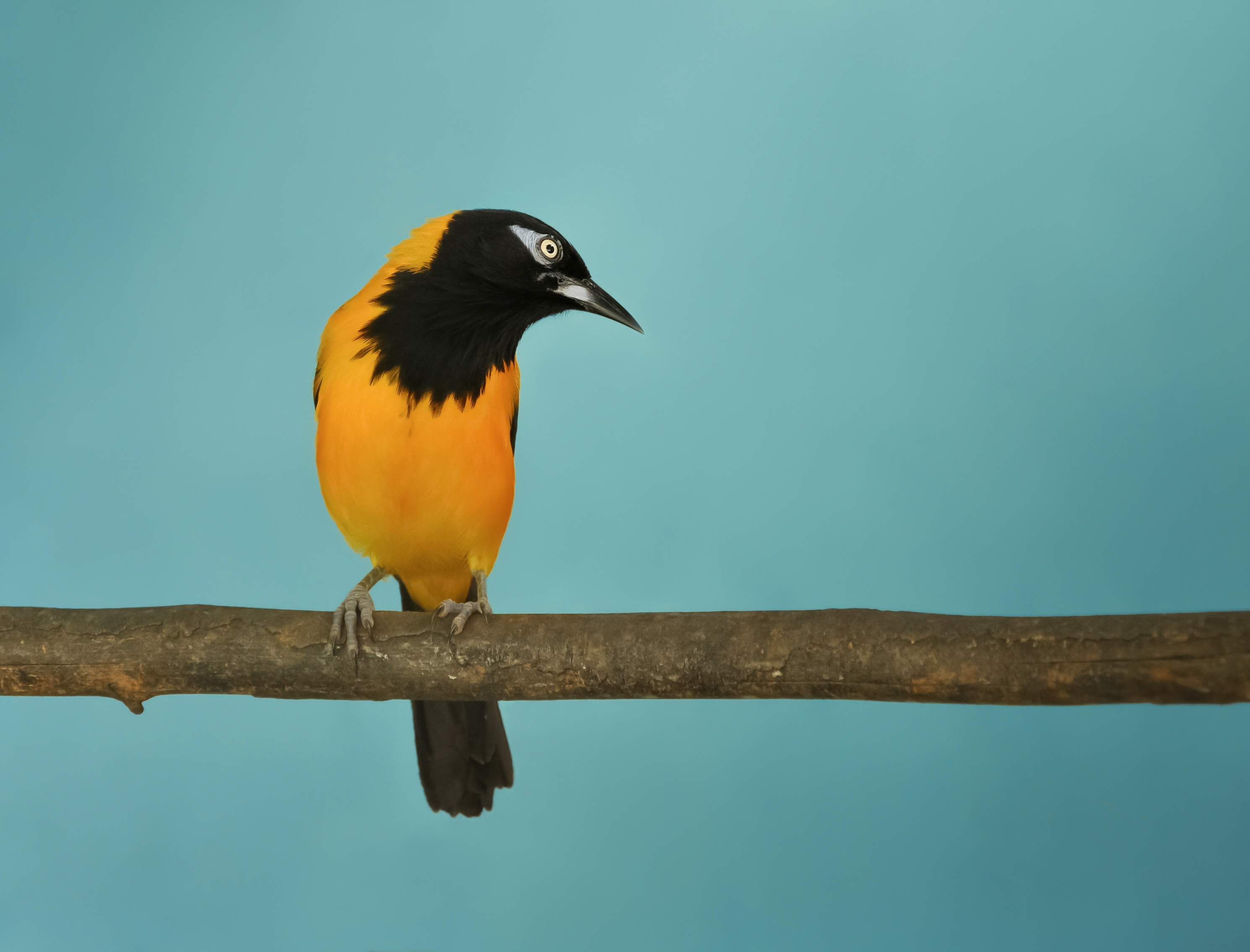|
Large Fruit-eating Bat
The large fruit-eating bat (''Artibeus amplus'') is a species of bat in the family Phyllostomidae. It is found in the countries of Colombia, Guyana, and Venezuela. The large fruit-eating bat is one of only a few microbats that eats leaves (a behavior seen mostly in megabat Megabats constitute the family Pteropodidae of the order Chiroptera ( bats). They are also called fruit bats, Old World fruit bats, or—especially the genera '' Acerodon'' and '' Pteropus''— flying foxes. They are the only member of the ...s). References Artibeus Bats of South America Mammals of Venezuela Mammals of Colombia Mammals described in 1987 Taxonomy articles created by Polbot {{leafnosed-bat-stub ... [...More Info...] [...Related Items...] OR: [Wikipedia] [Google] [Baidu] |
Colombia
Colombia (, ; ), officially the Republic of Colombia, is a country in South America with insular regions in North America—near Nicaragua's Caribbean coast—as well as in the Pacific Ocean. The Colombian mainland is bordered by the Caribbean Sea to the north, Venezuela to the east and northeast, Brazil to the southeast, Ecuador and Peru to the south and southwest, the Pacific Ocean to the west, and Panama to the northwest. Colombia is divided into 32 departments and the Capital District of Bogotá, the country's largest city. It covers an area of 1,141,748 square kilometers (440,831 sq mi), and has a population of 52 million. Colombia's cultural heritage—including language, religion, cuisine, and art—reflects its history as a Spanish colony, fusing cultural elements brought by immigration from Europe and the Middle East, with those brought by enslaved Africans, as well as with those of the various Amerindian civilizations that predate colonization. Spanis ... [...More Info...] [...Related Items...] OR: [Wikipedia] [Google] [Baidu] |
Guyana
Guyana ( or ), officially the Cooperative Republic of Guyana, is a country on the northern mainland of South America. Guyana is an indigenous word which means "Land of Many Waters". The capital city is Georgetown. Guyana is bordered by the Atlantic Ocean to the north, Brazil to the south and southwest, Venezuela to the west, and Suriname to the east. With , Guyana is the third-smallest sovereign state by area in mainland South America after Uruguay and Suriname, and is the second-least populous sovereign state in South America after Suriname; it is also one of the least densely populated countries on Earth. It has a wide variety of natural habitats and very high biodiversity. The region known as " the Guianas" consists of the large shield landmass north of the Amazon River and east of the Orinoco River known as the "land of many waters". Nine indigenous tribes reside in Guyana: the Wai Wai, Macushi, Patamona, Lokono, Kalina, Wapishana, Pemon, Akawaio and ... [...More Info...] [...Related Items...] OR: [Wikipedia] [Google] [Baidu] |
Venezuela
Venezuela (; ), officially the Bolivarian Republic of Venezuela ( es, link=no, República Bolivariana de Venezuela), is a country on the northern coast of South America, consisting of a continental landmass and many islands and islets in the Caribbean Sea. It has a territorial extension of , and its population was estimated at 29 million in 2022. The capital and largest urban agglomeration is the city of Caracas. The continental territory is bordered on the north by the Caribbean Sea and the Atlantic Ocean, on the west by Colombia, Brazil on the south, Trinidad and Tobago to the north-east and on the east by Guyana. The Venezuelan government maintains a claim against Guyana to Guayana Esequiba. Venezuela is a federal presidential republic consisting of 23 states, the Capital District and federal dependencies covering Venezuela's offshore islands. Venezuela is among the most urbanized countries in Latin America; the vast majority of Venezuelans live in the cities of ... [...More Info...] [...Related Items...] OR: [Wikipedia] [Google] [Baidu] |
Journal Of Mammalogy
The ''Journal of Mammalogy'' is a bimonthly peer-reviewed scientific journal published by Oxford University Press on behalf of the American Society of Mammalogists. Both the society and the journal were established in 1919. The journal covers research on mammals throughout the world, including their ecology, genetics, conservation, behavior, systematics, morphology, and physiology. The journal also publishes news about the society and advertises student scholarship opportunities. See also * Barbara Hibbs Blake * ''Mammalian Species ''Mammalian Species'' is a peer-reviewed scientific journal published by Oxford University Press on behalf of the American Society of Mammalogists. The journal publishes accounts of 12–35 mammal species yearly. The articles summarize the current ...'' References External links * * Academic journals associated with learned and professional societies Bimonthly journals English-language journals Mammalogy journals Publications established ... [...More Info...] [...Related Items...] OR: [Wikipedia] [Google] [Baidu] |
Microbat
Microbats constitute the suborder Microchiroptera within the order Chiroptera ( bats). Bats have long been differentiated into Megachiroptera (megabats) and Microchiroptera, based on their size, the use of echolocation by the Microchiroptera and other features; molecular evidence suggests a somewhat different subdivision, as the microbats have been shown to be a paraphyletic group. Characteristics Microbats are long. Most microbats feed on insects, but some of the larger species hunt birds, lizards, frogs, smaller bats or even fish. Only three species of microbat feed on the blood of large mammals or birds ("vampire bats"); these bats live in South and Central America. Although most "Leaf-nose" microbats are fruit and nectar-eating, the name “leaf-nosed” isn't a designation meant to indicate the preferred diet among said variety. Three species follow the bloom of columnar cacti in northwest Mexico and the Southwest United States northward in the northern spring and then t ... [...More Info...] [...Related Items...] OR: [Wikipedia] [Google] [Baidu] |
Folivore
In zoology, a folivore is a herbivore that specializes in eating leaves. Mature leaves contain a high proportion of hard-to-digest cellulose, less energy than other types of foods, and often toxic compounds.Jones, S., Martin, R., & Pilbeam, D. (1994) ''The Cambridge Encyclopedia of Human Evolution''. Cambridge: Cambridge University Press For this reason, folivorous animals tend to have long digestive tracts and slow metabolisms. Many enlist the help of symbiotic bacteria to release the nutrients in their diet. Additionally, as has been observed in folivorous primates, they exhibit a strong preference for immature leaves, which tend to be easier to masticate, tend to be higher in energy and protein, and lower in fibre and poisons than more mature fibrous leaves. Evolution Herbivory has evolved several times among different groups of animals. The first vertebrates were small fish that consumed protists and invertebrates. After these fish, the next group of vertebrates to evol ... [...More Info...] [...Related Items...] OR: [Wikipedia] [Google] [Baidu] |
Megabat
Megabats constitute the family Pteropodidae of the order Chiroptera ( bats). They are also called fruit bats, Old World fruit bats, or—especially the genera '' Acerodon'' and '' Pteropus''— flying foxes. They are the only member of the superfamily Pteropodoidea, which is one of two superfamilies in the suborder Yinpterochiroptera. Internal divisions of Pteropodidae have varied since subfamilies were first proposed in 1917. From three subfamilies in the 1917 classification, six are now recognized, along with various tribes. As of 2018, 197 species of megabat had been described. The leading theory of the evolution of megabats has been determined primarily by genetic data, as the fossil record for this family is the most fragmented of all bats. They likely evolved in Australasia, with the common ancestor of all living pteropodids existing approximately 31 million years ago. Many of their lineages probably originated in Melanesia, then dispersed over time to mainland Asi ... [...More Info...] [...Related Items...] OR: [Wikipedia] [Google] [Baidu] |
Acta Chiropterologica
Muzeum i Instytut Zoologii PAN is a zoological museum in Warsaw, Poland. It was established in 1819. It is an institute of the Polish Academy of Sciences. It publishes the journal ''Acta Chiropterologica'', a scientific journal on bats. The museum was founded in 1819 as a zoological cabinet within the Royal University of Warsaw. The early development was headed by Feliks Paweł Jarocki who was followed in 1862 by Władysław Taczanowski. Taczanowski expanded the collections with help from collectors like Konstanty Jelski and the brothers Aleksander and Konstanty Branicki who sponsored collecting expeditions into South America and Africa. In 1887 the museum managed by Ksawery Branicki was opened to the public. In 1890 the collection was managed under Russian control by Nikolai Nasonov and from 1906 by Jakow Szczełkanovtsov (until 1915). The museum was called the Polish State Museum of Natural Science in 1921 and after a fire in 1935 the museum was moved to the University of Warsaw. ... [...More Info...] [...Related Items...] OR: [Wikipedia] [Google] [Baidu] |
Artibeus
The Neotropical fruit bats (''Artibeus'') are a genus of bats within the subfamily Stenodermatinae. The genus consists of 12 species, which are native to Central and South America, as well as parts of the Caribbean. Description These bats grow to an average length of 5 to 10 cm, and a weight of 10 to 85 g. The fur is colored brown or gray on the top; the bottom side is brighter. In a few species, the faces have four light-colored stripes. The patagium, the skin between the legs, is very small, and they lack a tail – a general characteristic of the fruit bats. The ears are acuminated and like many other leaf-nosed bats the nose bears a small, sharp leaf which is used for echolocation. Geographical distribution and habitat Neotropical fruit bats are found in an area that reaches from the north of Mexico and the Bahamas, to northern Argentina, the Caribbean islands included. They live in different natural habitats and can be found in both forests and grasslands. Diet, re ... [...More Info...] [...Related Items...] OR: [Wikipedia] [Google] [Baidu] |
Bats Of South America
Bats are mammals of the order Chiroptera.''cheir'', "hand" and πτερόν''pteron'', "wing". With their forelimbs adapted as wings, they are the only mammals capable of true and sustained flight. Bats are more agile in flight than most birds, flying with their very long spread-out digits covered with a thin membrane or patagium. The smallest bat, and arguably the smallest extant mammal, is Kitti's hog-nosed bat, which is in length, across the wings and in mass. The largest bats are the flying foxes, with the giant golden-crowned flying fox, ''Acerodon jubatus'', reaching a weight of and having a wingspan of . The second largest order of mammals after rodents, bats comprise about 20% of all classified mammal species worldwide, with over 1,400 species. These were traditionally divided into two suborders: the largely fruit-eating megabats, and the echolocating microbats. But more recent evidence has supported dividing the order into Yinpterochiroptera and Yangochiropter ... [...More Info...] [...Related Items...] OR: [Wikipedia] [Google] [Baidu] |
Mammals Of Venezuela
The fauna of Venezuela consists of a huge variety of animals. Venezuela's diverse wildlife includes manatees, Amazon river dolphins, and Orinoco crocodiles, which have been reported to reach up to in length. Some 23% of reptilian and 50% of amphibian species that inhabit the country are endemic to Venezuela. Overall, around 8,000 species (the world's 5th highest total) are endemic to the country. Venezuela hosts a total of 1,417 bird species, more than 351 mammals, 341 reptiles, 315 amphibians and more than 2,000 freshwater and marine fishes. Invertebrates groups have not been inventoried exhaustively, but among the well known groups there are around 900 species of marine molluscs, 1,600 butterflies, over 120 dung beetles species and 39 species of blowflies.Capelo, Juan C., Buitrago, Joaquín. 1998: Distribución geográfica de los moluscos marinos en el oriente de Venezuela. Memoria de la Sociedad de Ciencias Naturales La Salle, LXIII(150):109-160 Birds There are 1,416 b ... [...More Info...] [...Related Items...] OR: [Wikipedia] [Google] [Baidu] |
.png)



